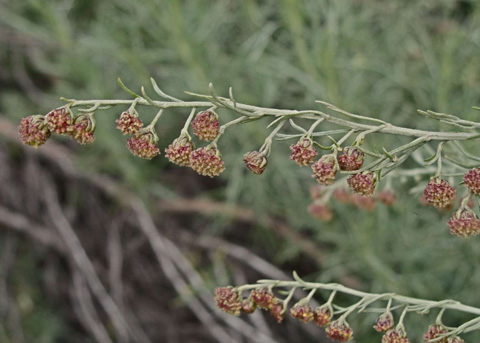
The Asteraceae family, also known as the aster, daisy, or sunflower family, is one of the largest and most diverse plant families, comprising over 32,000 species. Here are some defining characteristics:
- Inflorescence: Flowers are arranged in compact clusters known as heads or capitula. Each head may appear as a single flower, but it is actually a cluster of many small flowers grouped together on a common receptacle.
- Bracts: The base of the flower head is surrounded by a set of specialized leaves called bracts. These bracts often resemble petals and play a role in attracting pollinators. The arrangement of bracts can be important in distinguishing different genera or species within the family.
- Flower structure: Each flower head typically consists of two types of flowers—central disk flowers and outer ray flowers. The disk flowers are tubular and found in the center, while the ray flowers have a strap-shaped structure and radiate outward. However, some species may lack one of these types.
- Fruit: The fruits are often achenes, which are small, dry, one-seeded fruits. A characteristic feature is the presence of a pappus—a structure attached to the seed that aids in wind dispersal.
- Alternate leaves: The leaves are usually alternate, meaning they are arranged along the stem in a staggered fashion. The leaves may be simple or compound.
- Milky latex: Many species in the Asteraceae family produce a milky latex when injured. This latex can be a defensive mechanism against herbivores.
- Habitat: Members of the Asteraceae family are found in a wide range of habitats, from arctic tundra to tropical rainforests, and from deserts to alpine meadows.
- Economic importance: The family includes many economically important plants, such as sunflowers (Helianthus), daisies (Bellis), marigolds (Tagetes), and chrysanthemums (Chrysanthemum). Some species are cultivated for ornamental purposes, while others are important food crops or sources of medicinal compounds.

Jepson Herbarium video showing characteristics of the family.
Key to the Asteraceae.


